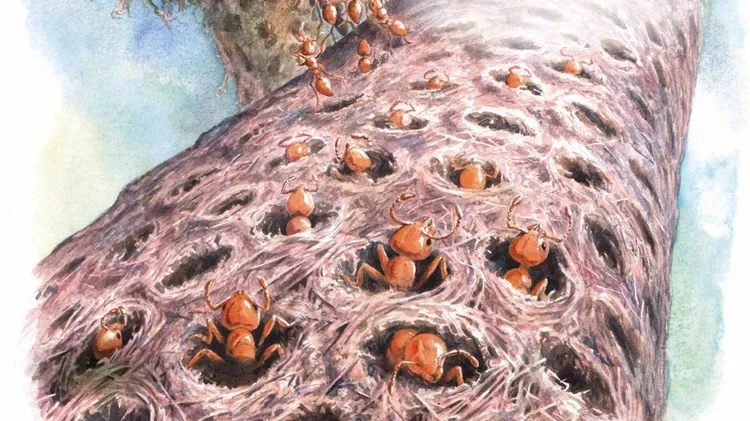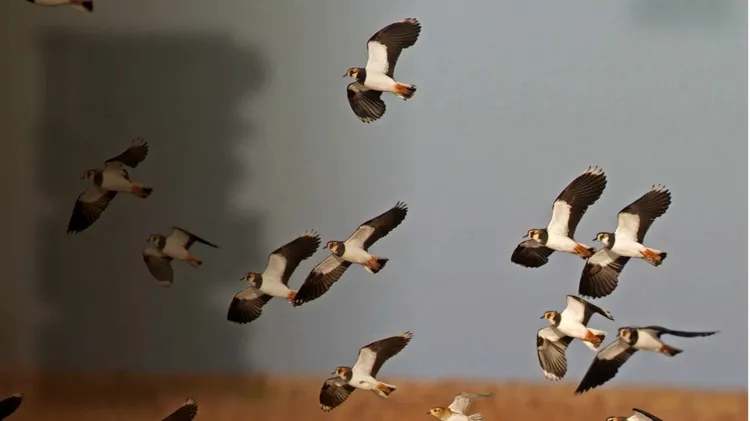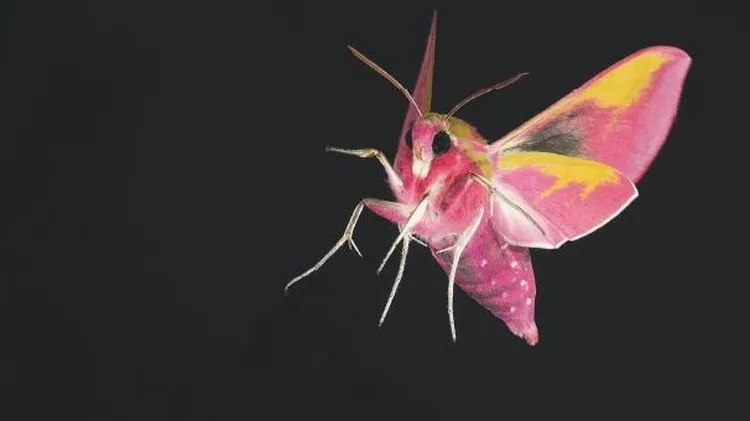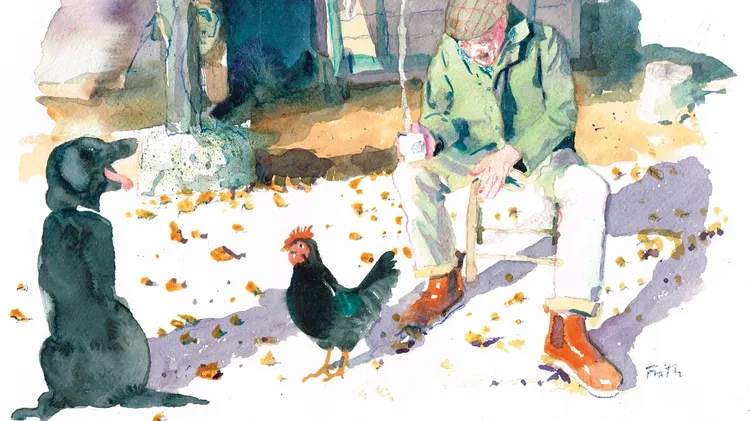When war breaks out on the dung heap, these insects mimic the opposite sex
The great pretender
2 min read
This article is from...
Read this article and 8000+ more magazines and newspapers on Readly






